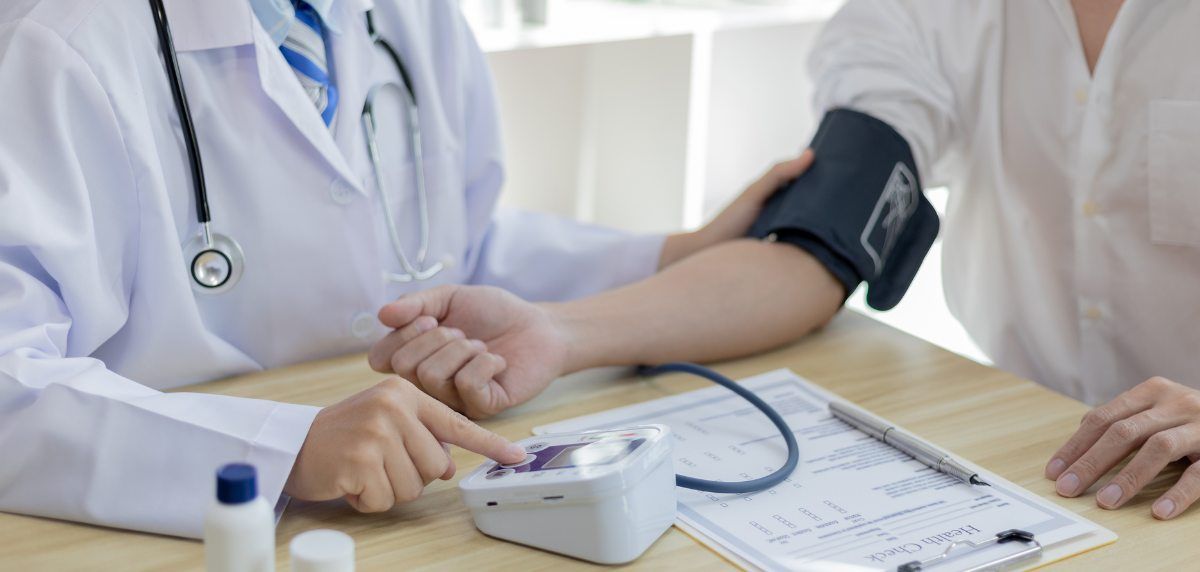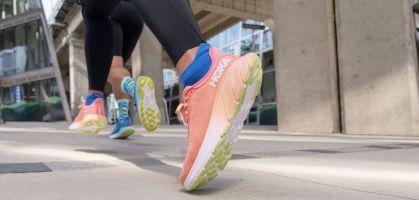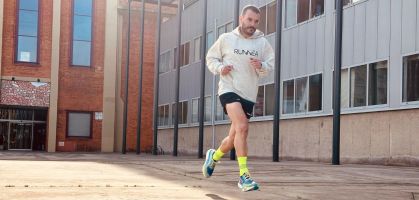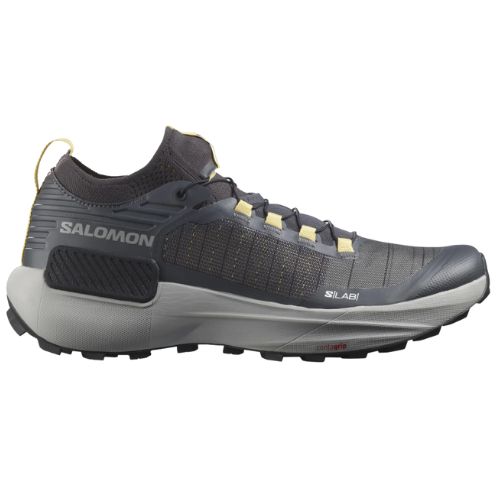This article was written by Iker Muñoz, PhD in Physical Activity and Sport Sciences and Mireia Peláez Puente, PhD in Physical Activity and Sport Sciences.
Arterial hypertension (AHT) represents the main risk factor for suffering cardiovascular diseases. Despite this, blood pressure can also be one of the most susceptible factors to be modified (i.e. what can be done to lower blood pressure) with pharmacological treatment and the practice of physical exercise.
Until a few years ago, values higher than 140 mmHg in systolic pressure and 90 mmHg in diastolic pressure were considered hypertension. However, in 2017 the American College of Cardiology proposed a revision of this form of classification and established new values to define hypertension:
- Having a resting systolic blood pressure greater than 130 mmHg.
- Having a resting diastolic pressure higher than 80 mmHg.
This disease is rarely diagnosed in people under 65 years of age because the person does not perceive any symptoms.
The prevalence of arterial hypertension in Spain in adults (18 to 65 years of age) is between 30-50% of the population (Spanish Society of Hypertension, 2002), and for those over 65 years of age it is 68%. At present, this disease is rarely diagnosed in people under 65 years of age because the person does not perceive any symptoms of the disease. Therefore, these people are unaware of the development of this problem and of the pathologies that are associated with arterial hypertension.
Why does our blood pressure increase?
The progressive increase in blood pressure is an unavoidable factor of age; as we get older, systolic and diastolic blood pressure tend to be higher. Obviously, the lifestyle habits of each person, together with a large genetic component, will make this increase more abrupt or not.
Although there are numerous pharmacological measures to treat this disease, there are also many other non-pharmacological measures that serve as an adjuvant to the former. Among these non-pharmacological measures, the following stand out:
- Weight reduction, and especially the reduction of the abdominal perimeter.
- Reduction of salt consumption.
- Reduction of alcohol consumption.
- Smoking cessation.
- Limitation in the intake of animal fats.
- Exercise as a systematic and programmed practice.
What to do to lower blood pressure?
Therefore, and in view of the above, physical exercise has a double benefit for the hypertensive person.
- On the one hand, the direct decrease in blood pressure product from the activity itself.
- On the other hand, the benefits associated with a systematic practice (reduction of fat percentage, greater sensitivity to insulin, etc.).
Before starting to do sport: Medical examination
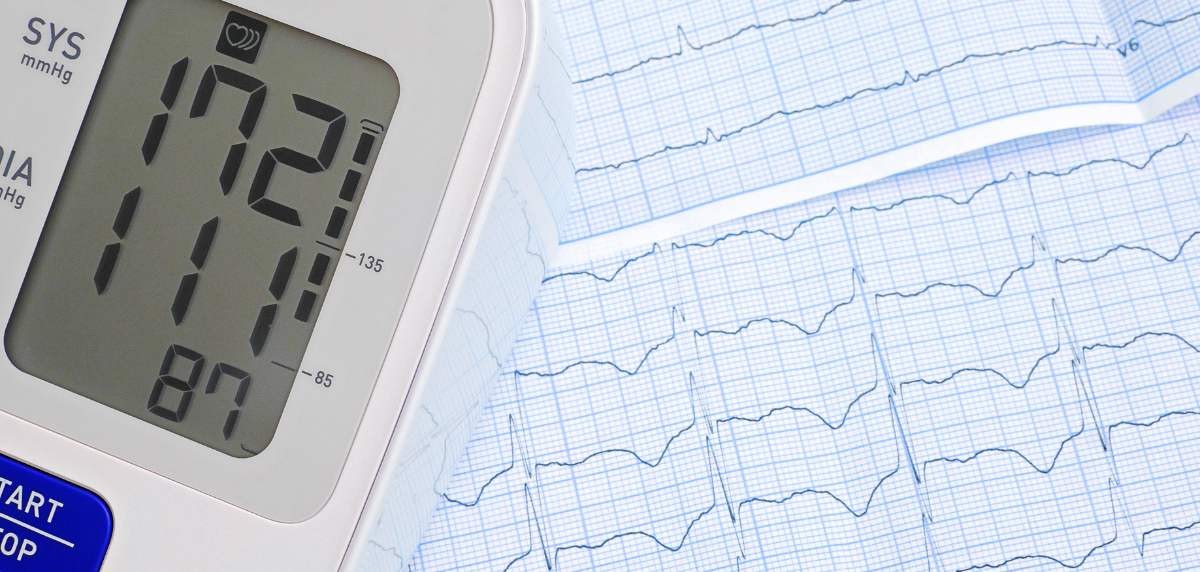
It is important to note that prior to the start of any exercise program it is necessary to perform a medical examination for any athlete, but in people with previous pathologies it is even more important. Therefore, at the beginning of the program it will be necessary to communicate with our doctor and that he deems appropriate to perform additional tests or the suitability of the exercise program.
Participation in an exercise program for people with this pathology should be based on aerobic work at moderate intensity, with a frequency of 7 days per week. In addition, during these days at least 2 days will have to work the strength capacity (may be concurrently with aerobic training) and at least two days a week should be worked flexibility.
Are you a sedentary person and want to change your habits? Discover MUVIMENT: Training app for people who want to stop being sedentary.
Do you want to start running through individualized training: Discover RUNNEA ACADEMY: Personalized running training app.
Personalized exercise/training program
It should be noted that any exercise program should follow a certain FITT principle (frequency, intensity, time and type of exercise). In addition, as the questions of the FITT principle are solved, a progression according to the individual's initial fitness level should be proposed.
If we compare the aerobic exercise needs of people with hypertension with other pathologies, or people without pathologies, we can highlight that the former should work this capacity for a greater number of days (7 days). This is due to the hypotensive effect that aerobic exercise has once finished (reduction of 7 mmHg blood pressure) (ACSM, 2019).
At what intensity do I train if I have high blood pressure?
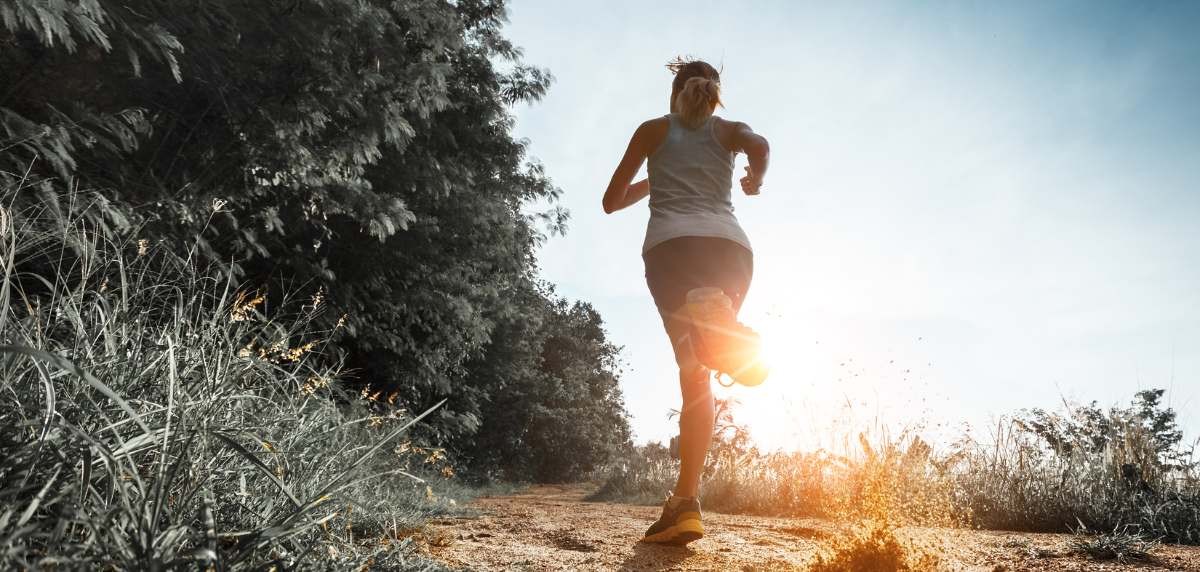
Regarding intensity, the most widespread recommendation due to its safety is moderate (60 of VO2max or 12-13 on the perceived exertion scale) (Bushman, 2017).
However, it should be noted that there is beginning to be evidence that a high work intensity (above the anaerobic threshold) in people suffering from HTN can lead to greater benefits (Pescatello, MacDonald, Lamberti, & Jonhson, 2015).
Although interesting, this new insight, it is necessary to calculate the risk-benefit of applying high intensities to the population suffering from high blood pressure.
How much do I train to lower blood pressure?
As for the duration per session, a minimum of 30 minutes is recommended if performed continuously or a time of 60 minutes if performed intermittently. However, for the latter modality it will be necessary that the activity intervals last at least 10 minutes.
The type of work that should be prioritized is that which uses large muscle groups, in terms of aerobic work.
Do I have to do strength training if I have high blood pressure?
Strength work will be a complement to aerobic training and should consist of 2 sets of 8-12 repetitions. Although for other populations with pathology multi-joint exercises are usually recommended, in this case it may be more appropriate to use less global exercises because the former may have a more pronounced effect on blood pressure. Recommendations for strength work intensity are around 60 1RM (highest for lower limbs) but it is important to note that execution is critical to avoid excessive elevations in blood pressure. In particular, the Valsalva maneuver should be avoided (do not hold your breath).
Do I have to work on flexibility if I have hypertension?

Finally, the progressive return to calm is essential for people with hypertension. In addition, it is recommended to perform flexibility exercises regularly as they have a very beneficial effect on the nervous system and therefore on the contractility of the blood vessels. Static stretching is recommended in this case , with a duration of 20-30 seconds and 2 repetitions per muscle group. Breathing and relaxation during this time are also essential to increase the benefits of its practice.
References
ACSM. Exercise for the Prevention and Treatment of Hypertension - Implications and Application (2019, February 27). Retrieved from https://www.acsm.org/all-blog-posts/certification-blog/acsm-certified-blog/2019/02/27/exercise-hypertension-prevention-treatment
Bushman, B. (2017). ACSM's complete Guide to Fitness & Health. 2nd ed. Champaign: Human Kinetics.
Pescatello, L. S., MacDonald, H. V., Lamberti, L., & Johnson, B. T. (2015). Exercise for Hypertension: A Prescription Update Integrating Existing Recommendations with Emerging Research. Current Hypertension Reports. https://doi.org/10.1007/s11906-015-0600-y
Sociedad Española de Liga Española para la lucha contra la Hipertensión Arterial (SEH-LELHA). Guidelines on the diagnosis and treatment of arterial hypertension in Spain 2002. Hipertensión. 2002;19 Suppl: 3
Read more news about: Running News
